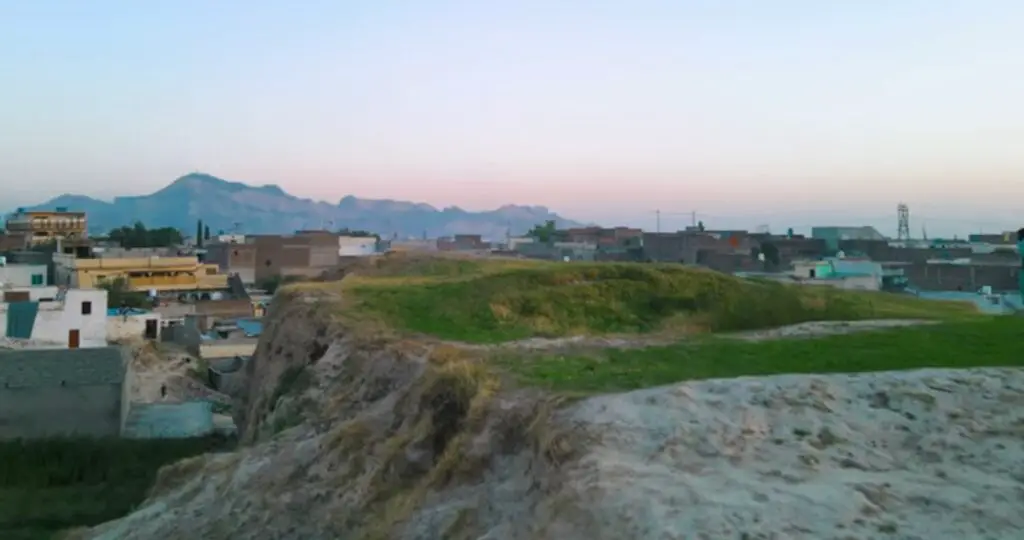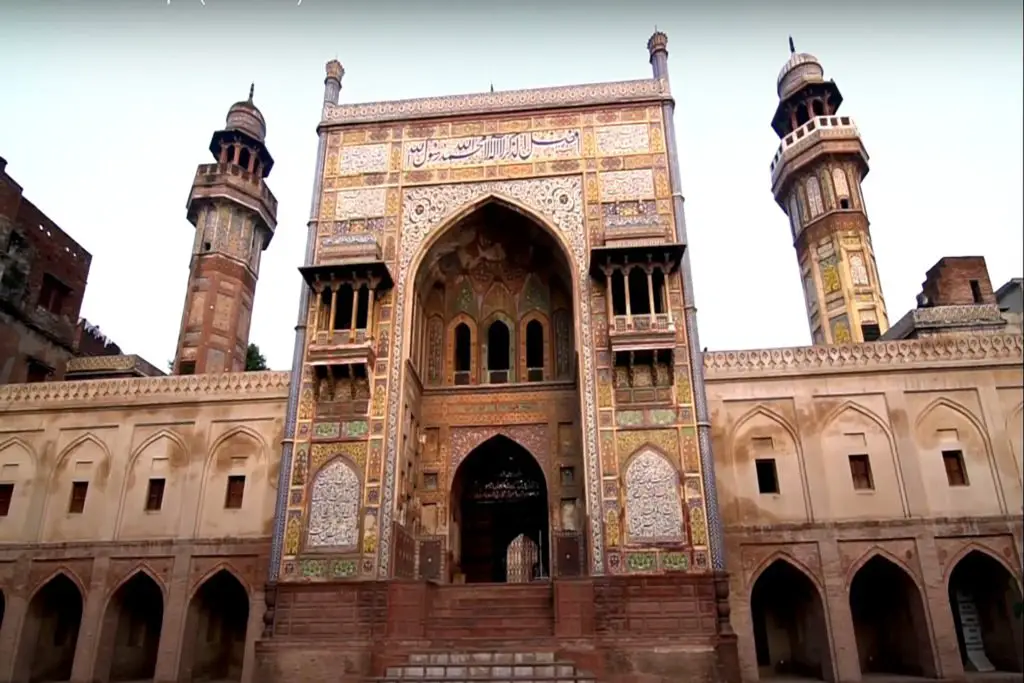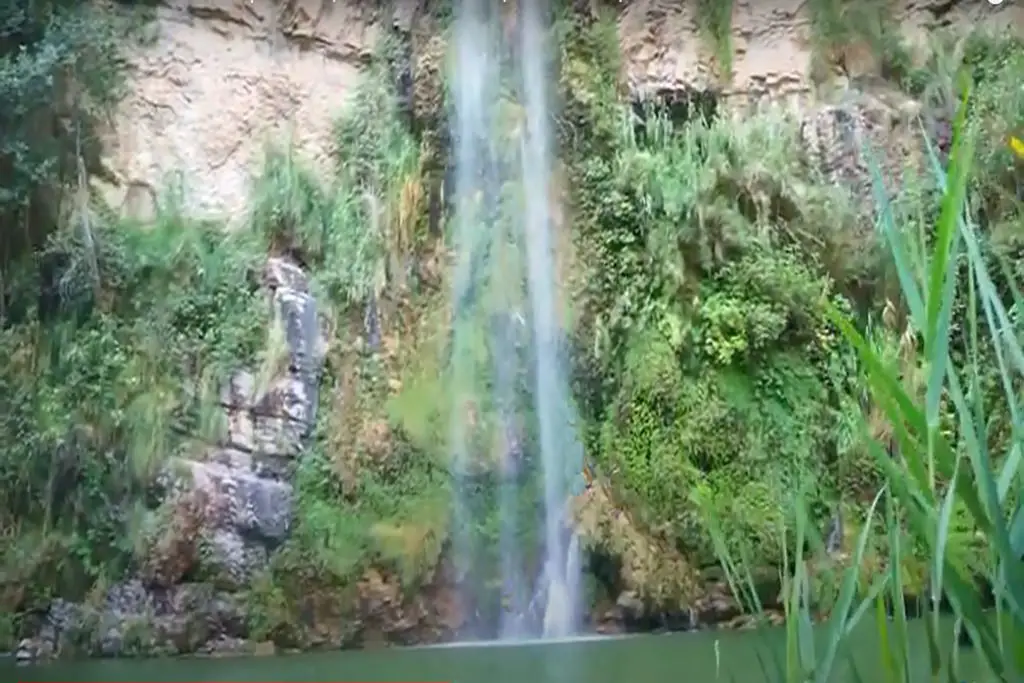Sarai Khola or Sarai Kala is an ancient site located in the Taxila region of Pakistan. The site has a long and complex history, with evidence of human occupation stretching back to the prehistoric period.
How to Reach Sarai Khola From Islamabad
Nestled just 30 kilometers away from the bustling cities of Islamabad and Rawalpindi in Pakistan, the serene archaeological site of Sarai Khola, also known as Sarai Kala, stands as a silent witness to the unfolding of humanity’s history. This site, located on the left side of the road when traveling from Rawalpindi towards Peshawar, unveils a treasure trove of insights into prehistoric civilizations that once thrived in this region.
The journey to Sarai Khola is marked by distinct landmarks. After crossing the Kala Bridge, an area adorned with shops and a hotel named “Royalson” greets travelers. A notable point is the Taxila underpass, an entrance that doesn’t require exploration. However, for those in pursuit of history’s whispers, a left turn onto a street beckons. This path leads to the heart of Sarai Khola, a place where time’s embrace has preserved echoes of an ancient past.
Sarai Kala History
The name Sarai Kala means “Black Inn” in Persian, and the site is thought to have been a stopping point for travelers and merchants who were passing through the region. It is believed to date back to the early Islamic period, and may have been a key trading center during this time.
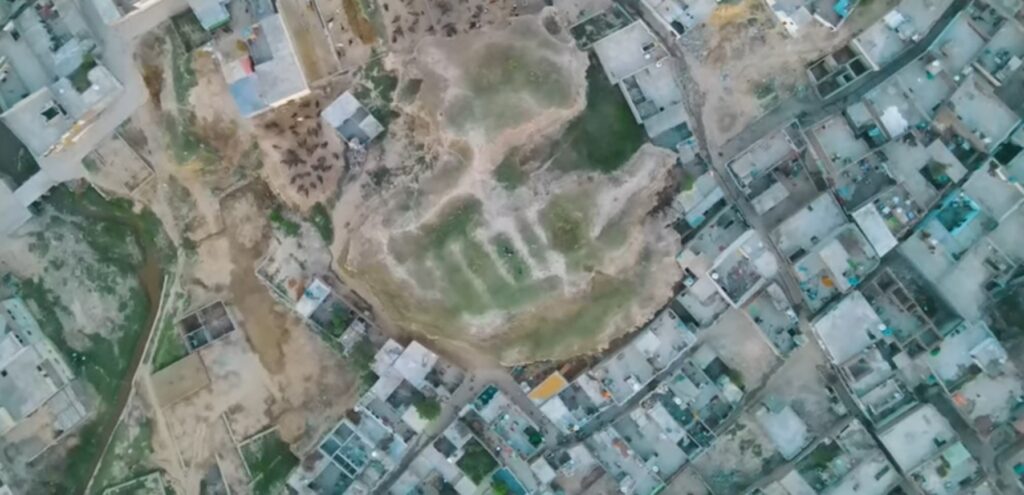
The significance of Sarai Khola lies not just in its archaeological importance, but in its role as a cradle for Stone Age inhabitants, possibly marking the birth of human settlements in Taxila. Discovered by archaeological experts in 1967, Sarai Khola offers a remarkable window into a settlement established approximately 5,000 years ago, pushing the historical narrative of Taxila back by a staggering 3,000 years. While Taxila is renowned for its association with Buddhist civilization, Sarai Khola paints an even earlier story, unraveling the tapestry of pre-Bronze Age and early civilizations.
The site’s setting is defined by the presence of the Kala Nala, a gentle stream that once nourished the land and the people of Sarai Khola. Over time, a mound emerged, serving as the canvas upon which this ancient settlement flourished. Upon excavation, the true depth of Sarai Khola’s historical wealth was revealed, with cultural deposits reaching over 4 meters below the surface, an enduring testament to the passage of time.
The dimensions of Sarai Khola, upon initial excavation, extended across approximately 610 meters from north to south and 300 meters from east to west. However, encroachments over the years have led to a reduction in its length and width, highlighting the delicate balance between preserving the past and the demands of the present.
Delving into the layers of history within Sarai Khola, the first period unearthed is the Late Neolithic era, dating back to the late 4th and early 3rd millennium BC. This phase reveals a diverse collection of artifacts, including handcrafted red polished pottery, stone tools and knives, microliths, and pointed bone implements. The historical echoes of Sarai Khola resonate with similarities to the Burzahom settlement in Kashmir and the Yangshao Neolithic culture of northern China. Closer to home, local resemblances are found in Jalilpur.
Humble yet significant, Sarai Khola’s inhabitants once lived in mud-floored houses, a testament to the resourcefulness and adaptability of early societies. These dwellings paint a vivid picture of daily life, serving as a link between the present and the past, where families gathered, stories were shared, and the foundations of civilization were laid.
The archaeological revelations extend beyond the borders of its physical site. The insights garnered from these excavations have not only rewritten the history of Taxila but have also shed light on the dawn of the Iron Age in Pakistan, marking a pivotal era around the end of the 2nd millennium BC. This temporal intersection aligns with the migration of the Aryans into South Asia, further enriching the historical tapestry of the region.
As time marches on, Sarai Khola stands as a testament to human ingenuity, adaptability, and the unquenchable thirst for understanding our origins. It serves as a reminder that beneath our modern landscapes lie layers of history waiting to be unveiled, offering us a glimpse into the lives and stories of those who walked the same earth millennia before us.
Discoveries at Sarai Kala
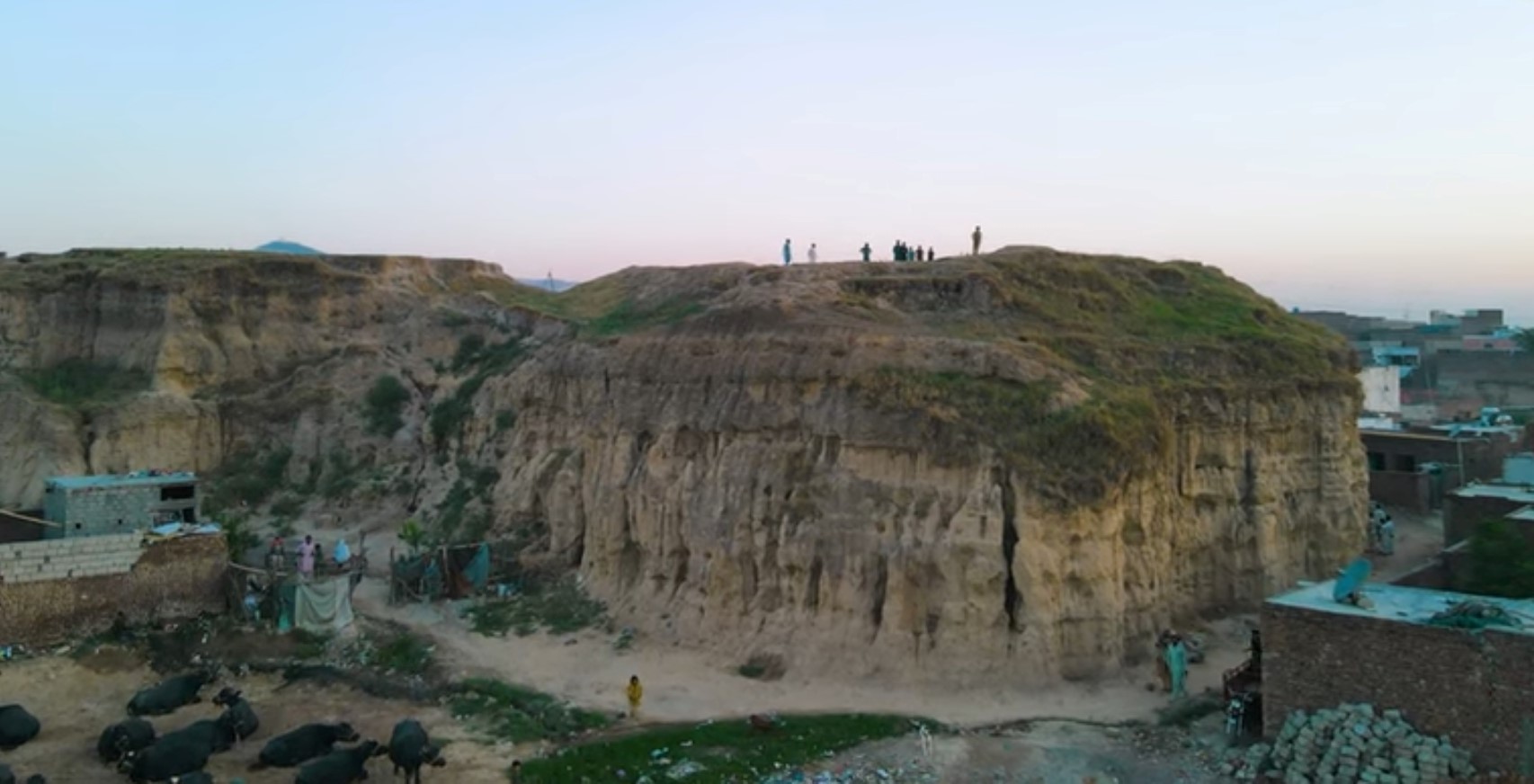
Archaeological excavations at Sarai Kala have revealed a number of important artifacts, including pottery, coins, and other objects. Some of these artifacts suggest that the site may have been an important center for the production of ceramics and other goods.
One of the most significant finds at the site is a large, well-preserved bathhouse. The bathhouse is believed to date back to the 7th or 8th century CE, and may have been used by travelers and locals alike. It features a series of rooms and pools, as well as intricate mosaics and other decorative elements.
In addition to the bathhouse, archaeologists have uncovered the remains of a number of other buildings and structures at Sarai Kala. These include a mosque, a market area, and a large courtyard that may have been used for public gatherings or events.
The site is a fascinating glimpse into the history and culture of the Taxila region. Its rich history, combined with its well-preserved ruins and artifacts, make it an important destination for archaeologists, historians, and tourists alike.
Today, Sarai Kala is a protected archaeological site, and ongoing excavations and research are being conducted to learn more about its history and significance. Visitors can explore the site and see firsthand the fascinating artifacts and structures that have been uncovered over the years.

